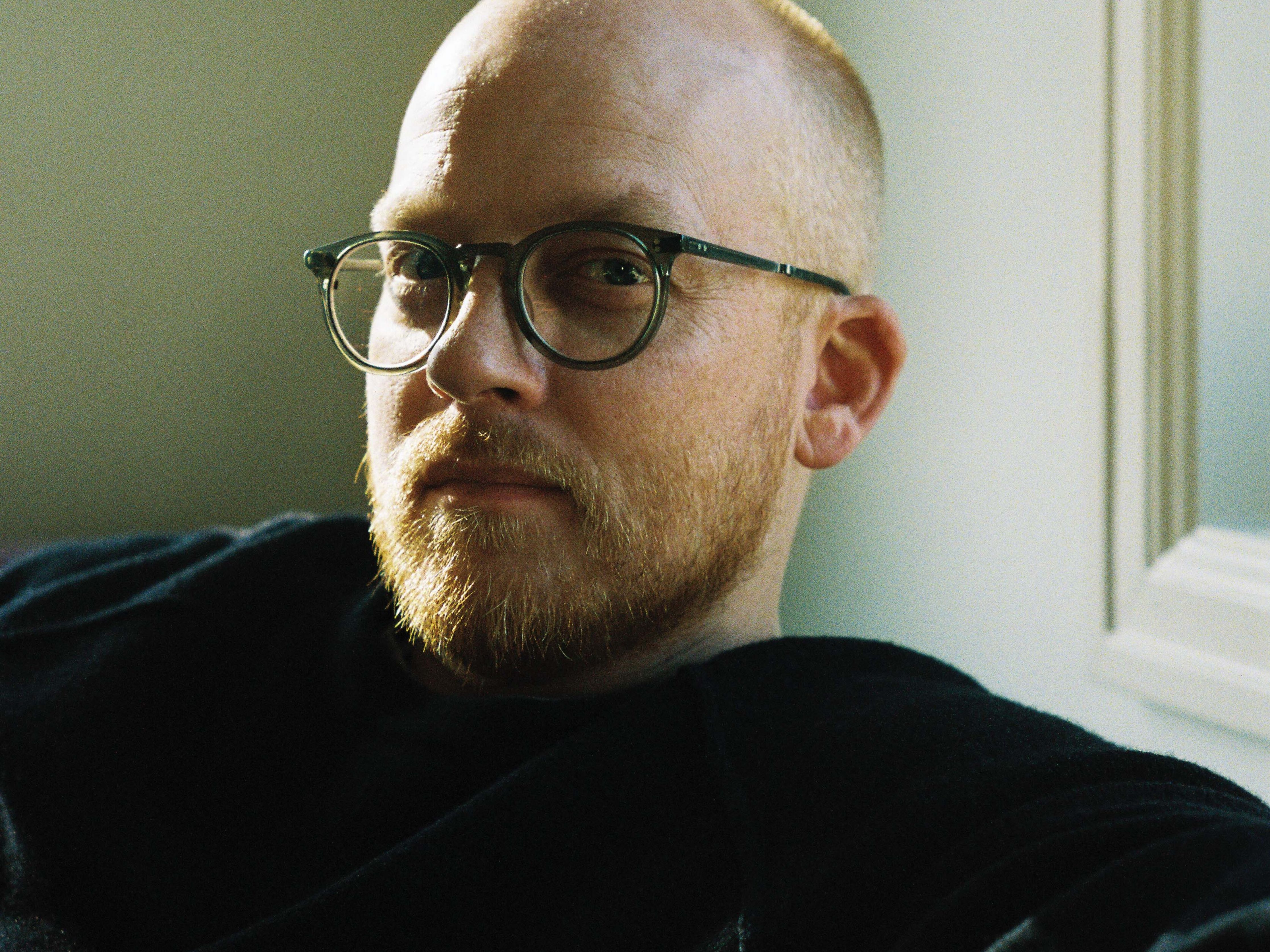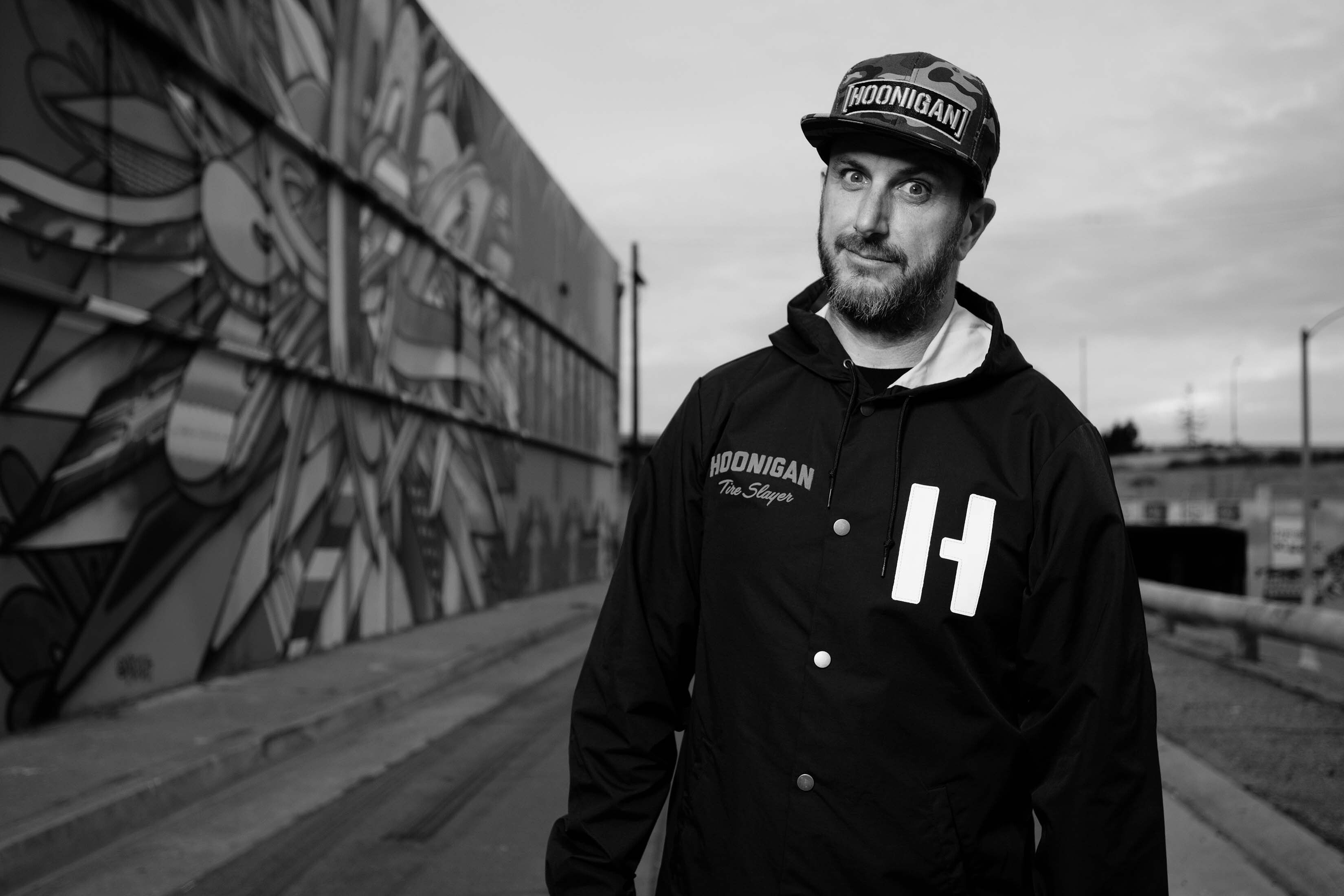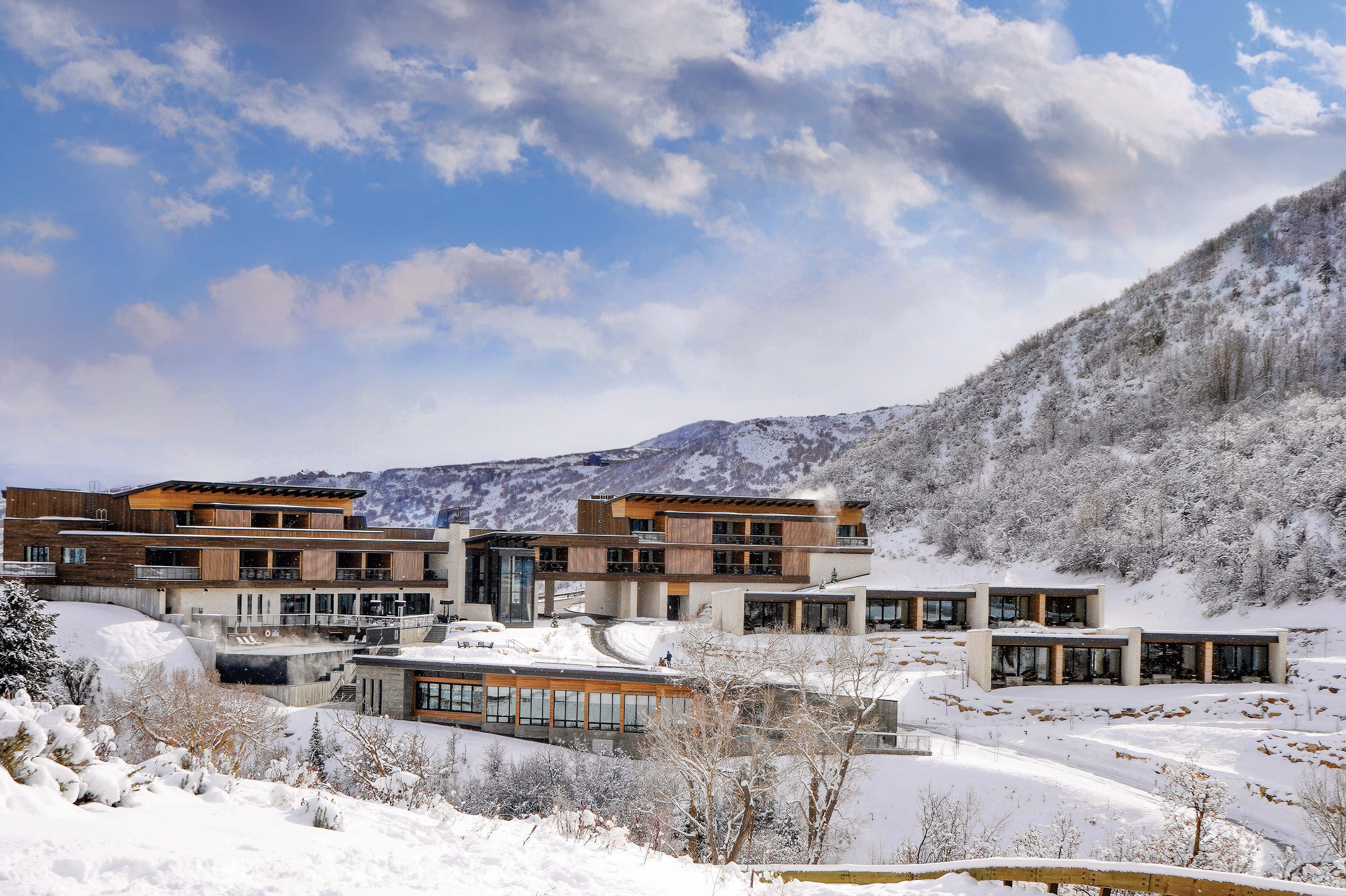Hidden in Plain Sight: Uncovering Park City's Not So Obvious Art
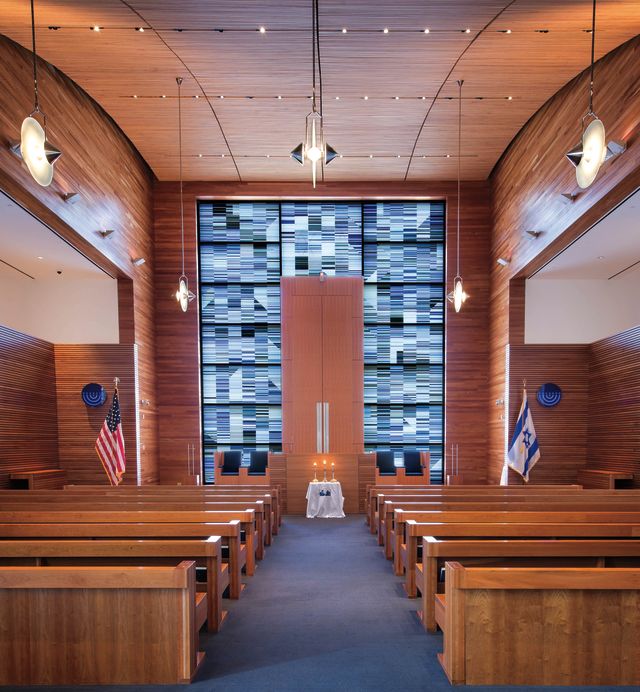
Image: Douglas Burke
Think of that moment when you realized that for years you’d been singing the wrong lyrics to your favorite song. Or suddenly saw a pleasantly unusual house along a route you drive to work every day. Context often dictates expectations: we see what we expect to see. And while counter to the typical breakneck-pace existence, pausing to look around once in a while can open up a world of experiences.
This notion is particularly true in the realm of public art, often overlooked because of its placement outside the dedicated walls of a gallery or museum. Park City’s public spaces and businesses offer a palette of noteworthy pieces, but for the casual observer—i.e., most of us—recognizing, and therefore appreciating, what we’re looking at can be difficult to grasp. Following are the particulars on a handful of our town’s more notable public artworks—hopefully just enough to get you to stop and appreciate them for what they are worth.
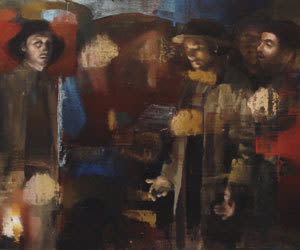
Image: Julie Nester Gallery
Behind the Bar
In 1932, famed Golden Age artist Maxfield Parrish was commissioned to paint a mural on the wall behind the hotel bar at The St. Regis New York. Parrish’s Old King Cole not only became one of the bar’s most beloved attractions but also established a tradition carried out in every one of the hotel’s swanky locations opened since then, including The St. Regis Deer Valley.
In the Mines, a moody, three-panel, oil-on-linen mural depicting a group of miners at work underground, was completed by renowned British Columbia–based artist Philip Buller in 2009. Buller imagined the piece after studying Park City’s silver-mining history. “I hope that [viewers] are drawn to look more closely, that they are curious,” says Buller. “They might ask, ‘What are those men in the painting doing?’ Those men are doing what I do, and what we all do to some extent: we search, often in the dark, for something of value.”
As guests chat and sip in The St. Regis Bar, perhaps indulging in one of the hotel chain’s signature Bloody Marys, the miners’ shadowy figures seem to fade in and out of view. By applying paint to canvas through a fiberglass screen, Buller gives his figures a blurred look and is able to transfer images from one part of a work to another. In the Mines’ layered quality entices the viewer to heed his advice and contemplate what’s seen from where in the space you chose to take in his engaging work. The St. Regis Deer Valley, 435.940.5700, 2300 Deer Valley Dr, stregis. deervalley.com
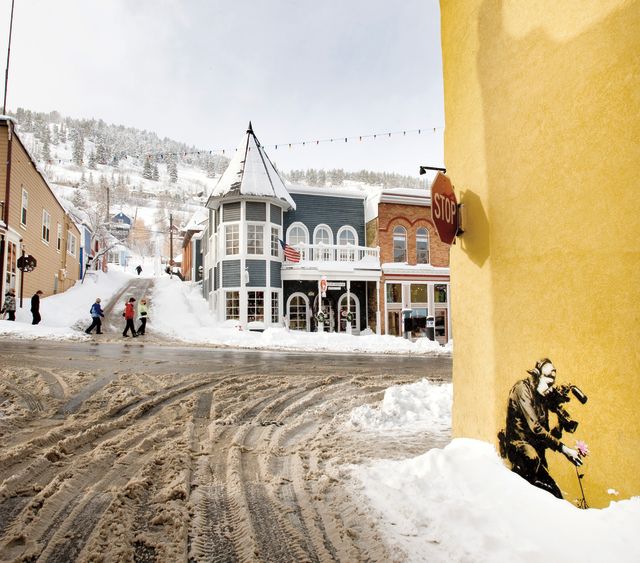
Image: Mark Maziarz
On the Street
In 2010, the Sundance Film Festival was abuzz with word of the surprise premiere of Exit Through the Gift Shop, a film directed by one of the world’s most notorious, yet technically anonymous, street artists, Banksy. To the delight of some and the chagrin of others, Banksy graffiti began to appear near festival venues, stirring up questions about the validity of certain forms of contemporary art. On one hand, Banksy is a guerrilla-art vandal who refuses to be publicly identified as he mocks the art-world establishment (and just about everything else). On the other, he is a famous art antihero, a master of his genre with work selling at seven figures.
The controversy that follows Banksy duly played out in Park City. Most of his local tags were summarily scrubbed away, with the exception of three saved by business owners. Of those, two remain on public view, each vandalized and restored, bringing to bear questions about graffiti defined as art versus that seen as defacement. You can draw your own conclusions, as the stenciled murals—one depicting a cameraman filming a flower, even as he pulls it from the ground, and the other a praying boy with pink angel wings—while strolling Park City’s historic Main Street. Park City’s two remaining public Banksys are at the Java Cow Café & Bakery, 402 Main St, and Cunningham Building, 537 Main St.
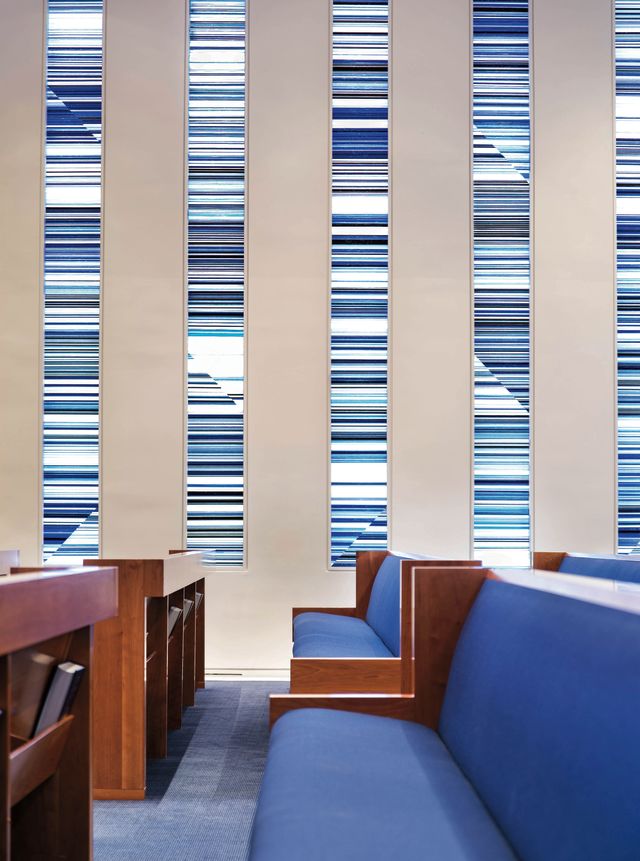
Image: Douglas Burke
In the Sanctuary
At the foot of Quarry Mountain along Highway 224 is Park City’s only synagogue, Temple Har Shalom. German architect Alfred Jacoby’s design takes advantage of the setting with clean lines, minimal ornamentation, and floor-to-ceiling windows open to the abundant beauty outside.
At the heart of the building, however, attention is brought indoors. Opaque windows marked with delicate blue, white, and black striations envelop the Jewish sanctuary. The windows are composed of 468 individual panes set together like an abstract puzzle. Created by renowned Japanese-American artist Jun Kaneko, the windows surround visitors in soft light. “What the glass does for me—what it’s really intended to do—is to create a space free from the distractions of the outside world, which leaves me with two places I can focus my attention,” says Michael Greenfield, Temple Har Shalom director of education and programming. “One is inward, which makes the sanctuary a space for reflection, a meditative space. The other place to look is at the glass itself, which is beautiful but highly abstract, which, once again, directs me inward to my own thoughts and interpretations.”
Kaneko, whose works are included in some 70 museum collections worldwide, enlisted Portland’s Bullseye Glass studio to help realize his vision for a large-scale, kiln-formed glass installation. The panels required more than 45 miles of glass stringer, layered and fused in kilns to create intricate patterns. Temple Har Shalom is open to the public 9 a.m. to 5 p.m. daily and for Shabbat services on Fridays at 6:30 p.m., 435.649.2276, 3700 Brookside Ct, templeharshalom.com.
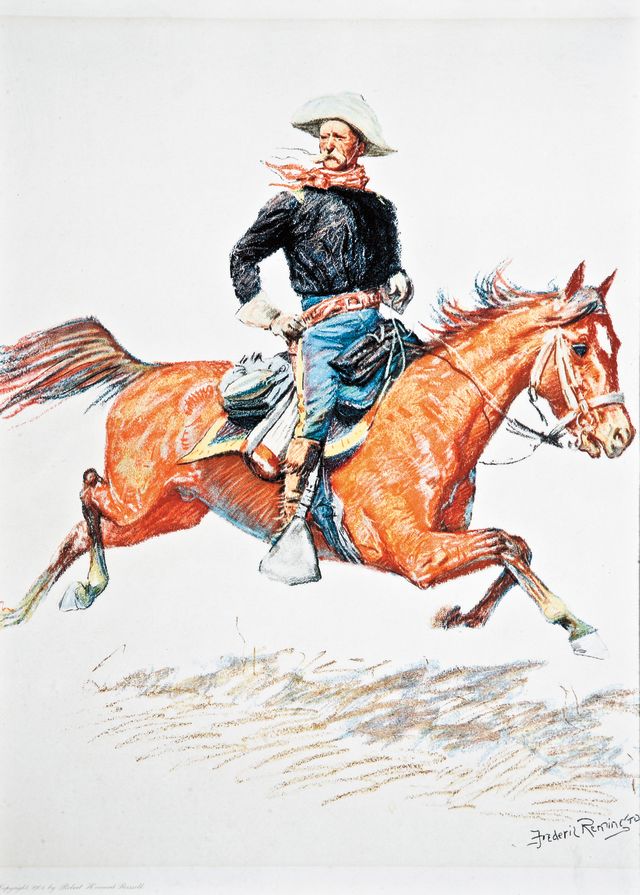
Image: Montage Deer Valley
Around Every Corner
The word “montage” connotes an artistic compilation, and at the Montage Deer Valley art practically greets you at the door. Upon entering the main lobby, a bronze figure of a miner in old-fashioned ski garb comes into view. Sculptor Herb Migney’s statue, High Country Legacy, sets the stage for exploring a collection of more than 100 pieces portraying landscapes and themes of the American West.
Paintings of scenic vistas and wildlife sculptures are placed throughout the corridors, and dramatic images of red-rock deserts by Southwest photographer Fatali hang in the spacious hotel spa. But a keen observer will notice that some of the most intriguing art is less conspicuous.
In Daly’s Pub & Rec, a laid-back spot to nosh on pizza while watching sports or playing darts on the hotel’s lower level, stop and take note of two Frederic Remington chromolithographs hanging near the in-house bowling alley. In the late 1800s, Remington was one of America’s most popular artists and a personal friend of Theodore Roosevelt. The Montage Remingtons, entitled A Trapper and A Cavalry Officer, display his skills as an illustrator and his favored Western subject matter.
The Montage’s vast collection also includes a slew of prints depicting beautiful fauna, particularly birds. Look for works by 18th- and 19th-century artists from Scotland, Germany, England, and France, as well as a dozen giclées by legendary American ornithologist and painter John James Audubon. Montage Deer Valley, 435.604.1300, 9100 Marsac Avenue,
montagehotels.com/deervalley
Public art treasures abound all over Park City, just waiting to be discovered. The next time you are out and about, make the time to take a closer look. You may be pleasantly surprised by what you find.

